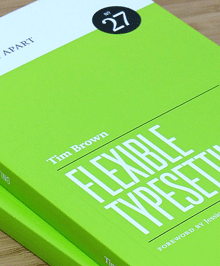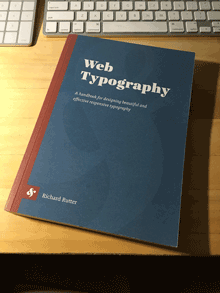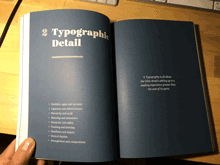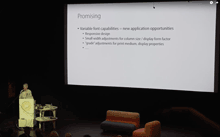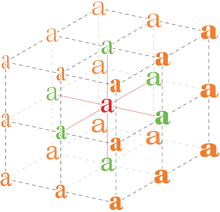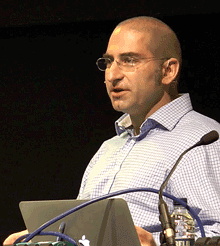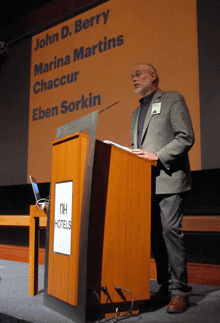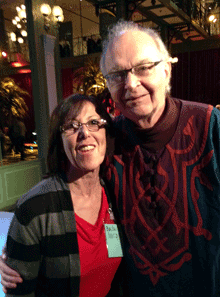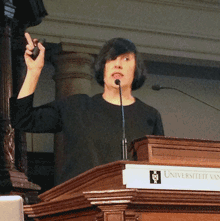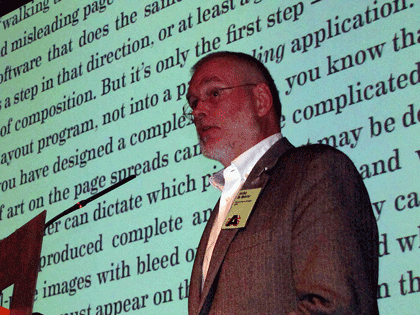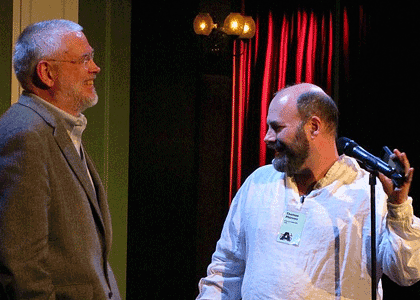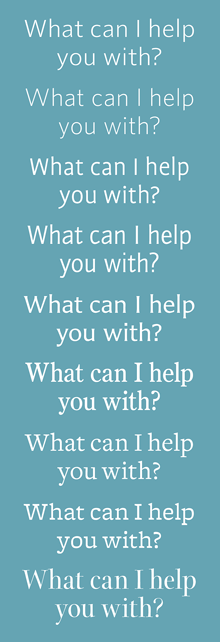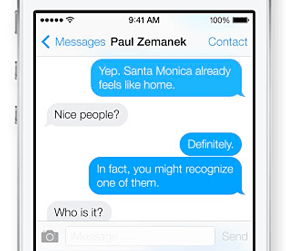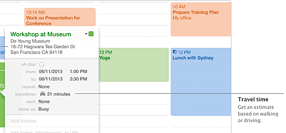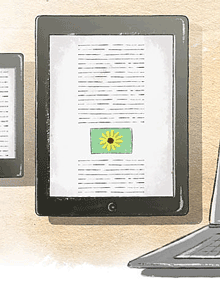After a mere 13 years, this website is getting an overhaul and a brand-new design. Besides being updated to look like something from the modern world, it’s more directly focused on showing the breadth of my work. The primary purpose, of course, is to make it absurdly easy for people who might want to engage my professional services. (That might be you.)
The images on the portfolio pages are meant as examples, not case studies. If you’re interested enough to want to know the details of how a project was done, and with what purpose in mind, we should talk directly.
All the pages of the old site will still be accessible from the “legacy site” link on the main menu. (I say “will be” because at the moment it’s hiding behind a technical glitch.) The design, although not responsive, was at least intended to be comfortably viewable and readable on a phone as well as on a larger screen. (The even less responsively designed “dot-font.com” website is also still there, if you’d care to check it out. It’s got pretty pictures and free text downloads from two of my books of essays.) And of course the standalone website for the Scripta Typographic Institute, which was already responsive, remains unchanged.
Like most design projects, this one has been collaborative. I took on much more of the hands-on coding than I had ever done before, figuring out how to build the responsive grid that I wanted to use for the portfolio pages. But, as always, much of the heavy lifting and correction of misconceptions has been done by Paul Novitski, my long-time webmaster. (Remember that term?) Paul had been encouraging me for years to dive under the hood; at last, this year, I started doing so. It’s been fun as well as useful. I should also call out Dave Miller at Artefact for useful strategic thinking when I was starting this project, and Alexandru Năstase of TypeThursday Bucharest for insightful advice near the end.
Although she could have no hand in this new iteration, I still owe a lot of thanks to the late Julie Gomoll for her advice and guidance on the initial form of this website.
What really got me interested in creating a new website was the possibilities now available for responsive grids. At last, it seemed, web design was beginning to do things that interested me! I found Rachel Andrew’s CSS grid newsletter and tutorials especially helpful. I’ve had lots of fruitful discussions with Jason Pamental about flexible design and typography on the web (although I have not tried using variable fonts in this design). And as someone who originally came to design through production, and who takes a production-based approach to any design project, I was happy to finally get my hands dirty. (“How do you clean all this syntax out of your fingernails, anyway?”)

